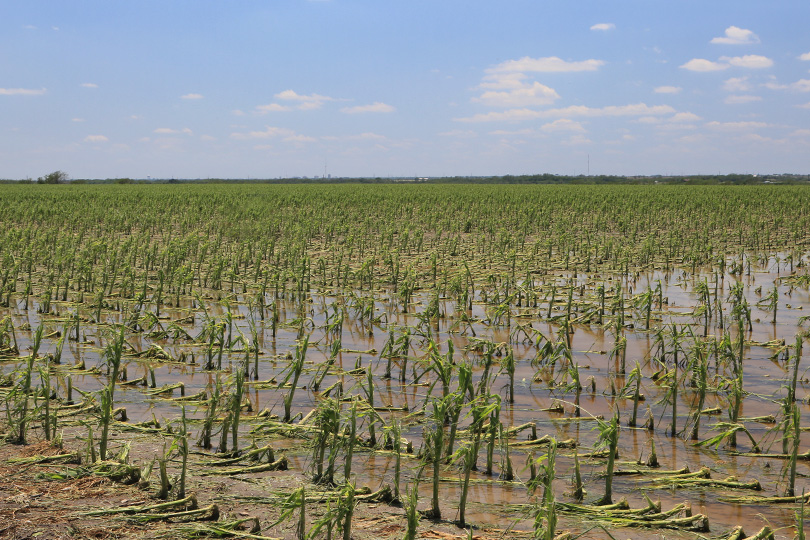By Jennifer Whitlock
Field Editor
Crop insurance changes throughout the years reflect a variety of influences from agricultural innovations, the political climate and changes in the environmental climate, according to a panel of speakers at the recent Agri-Pulse Ag and Food Policy Summit.
Innovation in farming has reduced crop losses, said Thomas Worth, chief actuary for the U.S. Department of Agriculture’s (USDA) Risk Management Agency (RMA).
He cited droughts in 1988 and 2011 that had similar circumstances and duration. Crop insurance claims in 2012 were much lower, likely due to advancements in drought-resistant technology in corn and soybean crops.
Climate is just one of the factors in crop losses that has led the agency to change some formulations.
As an example, Worth said RMA shortened the number of years it uses in calculating risks from more than 40 years of field data to a rolling 20-year yield average.
“This allows premium rates to respond more quickly to changes in risk and better reflect the evolving conditions,” he said.
Worth noted RMA also reviews weather and climate data to ensure important dates, like the earliest and final planting dates, for insurance coverage remain appropriate in a given area.
One way in which RMA has adapted to new agronomic practices is in rice farming.
Rice farmers presented data to the agency showing flooding at certain times reduced overall water usage, leading RMA to amend rules to approve intermittent irrigation in rice fields, Worth said.
“I like that example because it shows how farmers can help guide and influence the program to reflect what they’re doing,” he said.
Improvement in agronomics and agricultural technology like the use of cover crops and low-till or no-till practices decrease risk, Worth noted.
Adoption of cover crops may have garnered attention through the conservation benefits associated with this practice, but Worth said an additional benefit is that a reduction in the risk of yield losses results in farmers receiving better insurance coverage at a lower price.
Because lower yields can result in higher premiums and less coverage, “farmers are highly motivated to take measures to mitigate that risk,” he said.
For more information, visit RMA’s website.

